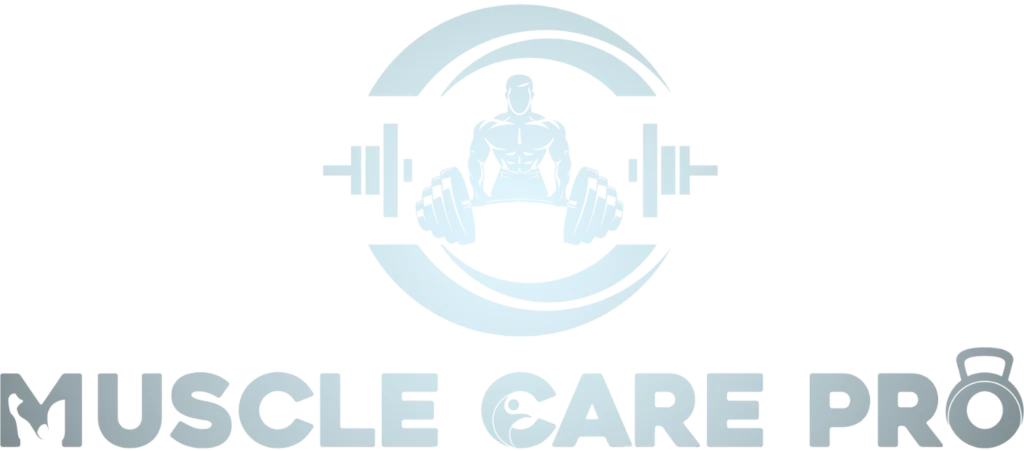how to stop muscle spasms after knee surgery
Even though surgery on the knee can help with pain and movement, muscle twitches are often an unwanted side effect. These uncontrollable contractions can stop you from making progress and give up because they hurt your healing limb. But don’t worry, fellow soldier! This book goes into detail about the causes and effects of muscle spasms, giving you a wide range of useful techniques to handle them and speed up your healing.
Why do muscle spasms happen?
Figuring out why your muscles hurt is the first thing that you need to do to make a personalized fighting plan. These are the most common things that cause those painful twangs:
Inflammation: Surgery sets off your body’s natural defenses, swelling the area around your knee joint. Inflammation tells muscles to tighten up to protect the hurt area, leading to twitches.
When you’re in pain, your body’s natural reaction is to keep the joint from moving, usually by tensing up muscles nearby. Even though this guarding of muscles is done in a good way, it can cause painful cramps.
Electrolyte Imbalance: Changes in important chemicals like calcium, magnesium, and potassium can make muscles less effective, causing them to misfire and cramp.
Formation of Scar Tissue: As the body heals, scar tissue can form around the joint. This can make it hard for smooth muscles to move, which can lead to cramps.
How to Calm the Twangs: Techniques to Calm the Storm?
Now that you know who your enemy is, let’s look at the tools you can use to fight these muscle misfires:
Moving is good for you:
The best thing you can do is do the gentle movements your physical trainer gives you. These movements improve blood flow, loosen up stiff muscles, and stop muscle imbalances that can lead to cramps. Remember that regular movement is important for dealing with muscle pain after surgery, getting stronger, and avoiding more knee problems.
Use the Power of Ice and Heat:
To loosen up tight muscles and improve flexibility, put heat on them for 15 to 20 minutes before you stretch or work out. Putting on ice packs for 15 to 20 minutes after exercise can reduce pain and inflammation, which lowers the risk of spasms even more.
Massage to Heal:
A therapist’s gentle massage or even self-massage with a foam ball can do great things. It eases muscle tension, boosts blood flow, and speeds up the mending process, all of which reduce the risk of cramps.
Compression: Your Helpful Friend:
Wearing compression tights or bands gives your muscles the support they need and lowers their swelling. This makes the muscles more solid and lowers the risk of cramps.
What You Need to Do to Keep Your Muscles Balanced?
Electrolyte balance is important for muscle performance, and staying hydrated is a key part of that. To keep your muscles happy and refreshed, try to drink a lot of water throughout the day.
Taking medicine is a short-term solution:
Your doctor may give you muscle relaxants to help you feel better temporarily. But make sure you only take them as recommended and for short periods of time to avoid any possible side effects.
Techniques for Relaxation: How to Calm Your Mind and Body
Muscle cramps can happen when you are stressed. Adding deep breathing, meditation, or mindfulness exercises to your daily routine can help you calm down and relax, which will eventually make cramps less likely.
Proactive Ways to Make the Ride Smoother: Tips from the Pros
There is no such thing as a bad fix. Before you even get muscle cramps, here are some things you can do to lower your risk:
Planning Before Surgery: Talk to your surgeon about possible muscle pain before surgery. Pre-habilitation workouts can be very helpful for making the muscles around your knee stronger and more flexible.
Early and Regular Rehabilitation: Don’t wait! Once your doctor says it’s okay, start physical therapy and do exactly what your trainer tells you to do. This will help recover movement, make muscles stronger, and stop muscle imbalances that can lead to spasms from happening.
Pay attention to your body. Spasms can get worse if you push yourself too hard. If you need to rest, make sure you get enough sleep, and don’t be afraid to call your doctor or therapist if your cramps don’t go away or get worse.











